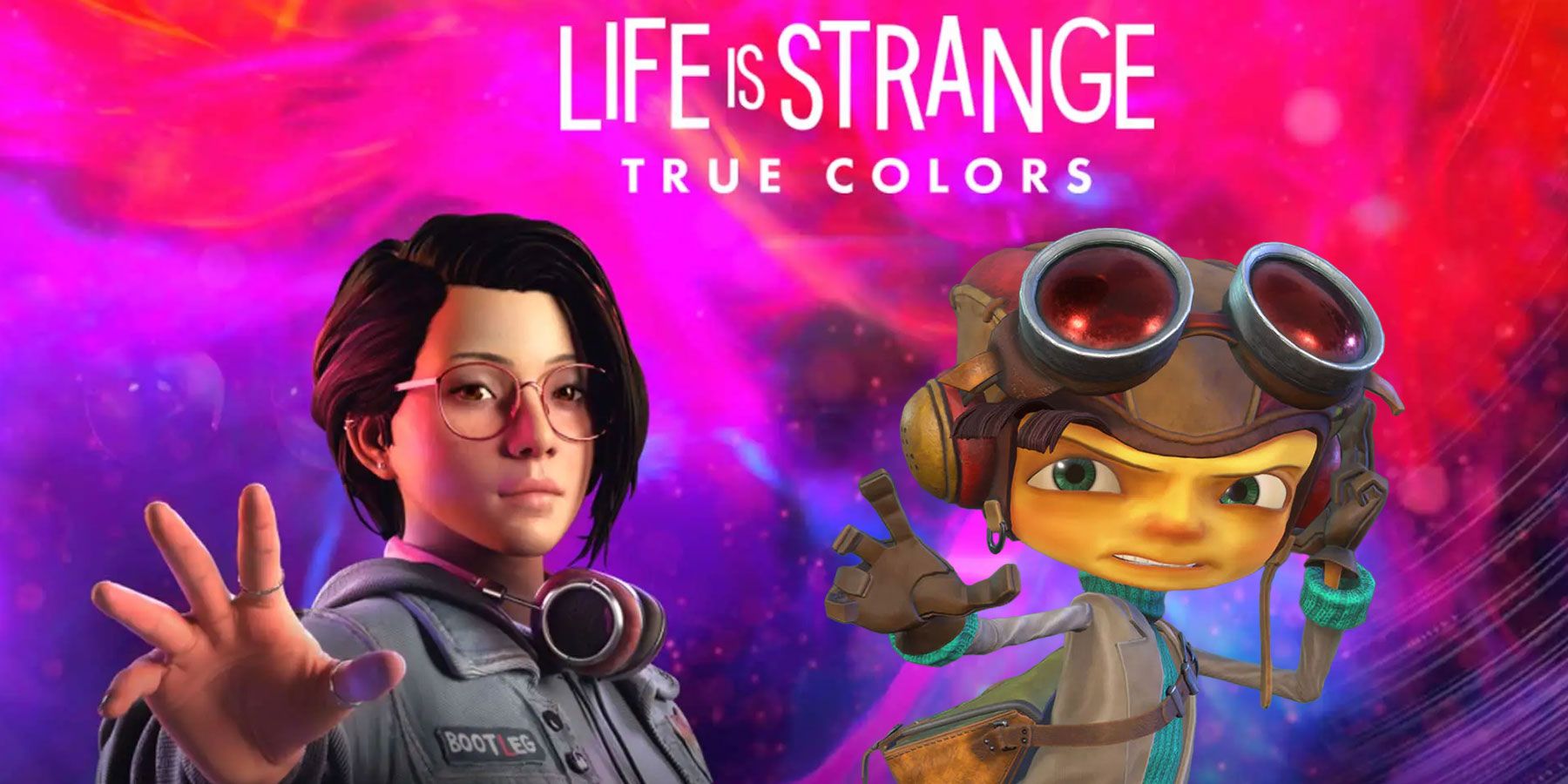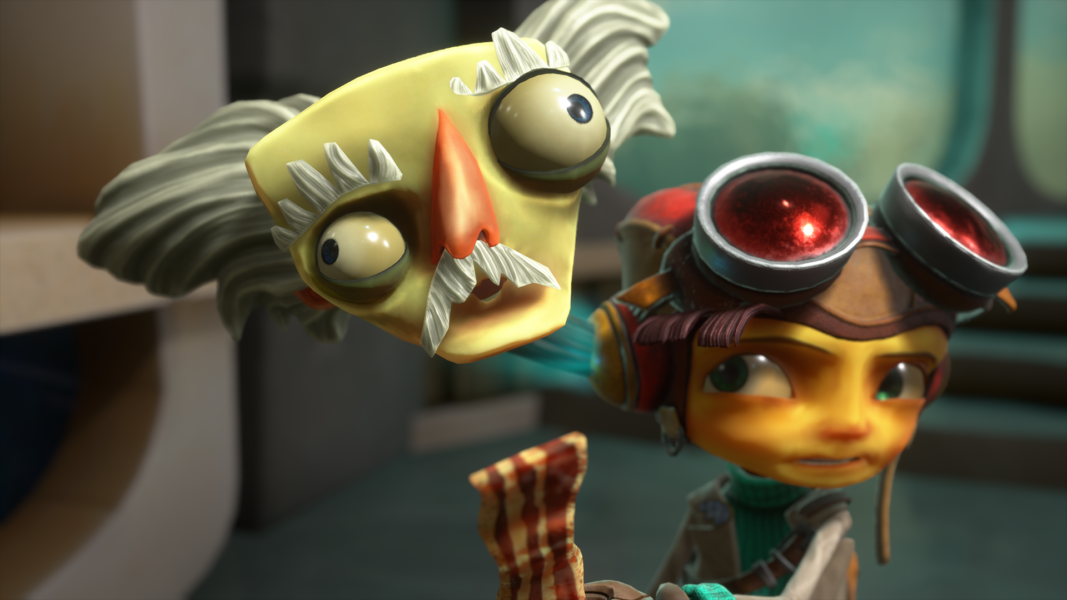Video games often center themselves around conflict, as it serves as an easy way for game makers to give their stories weight and stakes. This sort of need for conflict in gaming goes back a long way even before the advent of video games, with things like chess and other board games that paved the way for what video games would become. Violence in gaming is a very common theme, as it’s an easy way to communicate conflict and often makes for engaging gameplay. Recently, Psychonauts 2 and Life Is Strange: True Colors have begun to buck the violence trend by having players empathize with villains instead of fighting them.
Psychonauts 2 and Life Is Strange: True Colors share very little in common other than their profound displays of empathy throughout their stories. Despite their differences, the empathy that both their main characters have for those around them will hopefully inspire other games to focus on dealing with conflict in a similar way.
Understanding Empathy in Gaming
Having protagonists overcome their enemies by understanding them instead of fighting them is not a new idea in gaming. Titles like Undertale and Papers, Please have required players to take a step back from their own perspectives in order to meet other people where they're at. It makes sense why so many titles don't take this approach to conflict, however, as it's very easy for a game to say "we're the good guys, they're the bad guys, let's go shoot them." It;s much harder to craft a narrative around complicated characters who players can relate to despite the fact that they may be the villain.
That sort of complicated narrative featuring a relatable and empathetic antagonist was exampled in the controversial The Last of Us 2, which saw the player switching perspective to the perceived villain of the story for roughly half the game's playtime to allow for the player to empathize with them. By the time the final fights of the game take place, players want both Abby and Ellie to simply walk away from their conflict as a result of understanding where both people are coming from. These sorts of games based around understanding other people, exampled in titles like Undertale, Papers, Please, or Gone Home, have finally started breaking through to major studios. This is why the release of games like Life Is Strange: True Colors and Psychonauts 2 is so exciting.
Making Video Games Kinder
While The Last of Us 2 was definitely a major studio trying to use empathy to teach its players a lesson, the game still featured some of the most graphic violence ever put in a game. Yes, it's done to aid the critique of tribalism and violence, but, as many have criticized, still glorifies it in some regards. Psychonauts 2 and Life Is Strange: True Colors take a different approach that makes the player understand the people around the main characters without needing to fight them outright. While there still is violence in both games, it isn't as simple as just fighting the bad guys.
At the end of the day, Psychonauts 2 and Life Is Strange: True Colors don't really frame anyone as being evil. Instead, the villains are seen as either misunderstood or as people who need help. It's a much kinder way to make an antagonist, as it reminds players that, while evil certainly exists in the world, there are ways to combat it without resorting to violence. This isn't to say that all violence in video games is bad, but rather that it would be nice to have more games follow Psychonauts 2 and Life Is Strange: True Colors' leads, writing their characters to be empathetic instead of apathetic.
Psychonauts 2 is available for PC, PS4, Xbox One, and Xbox Series X/S.



